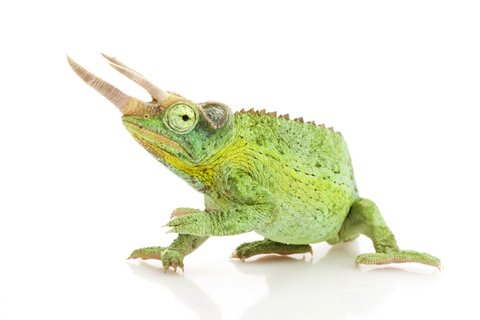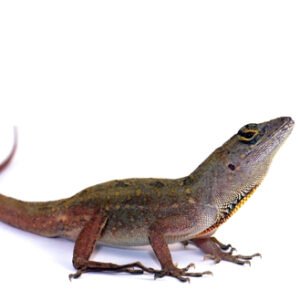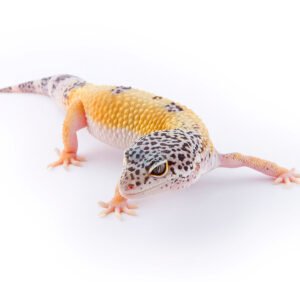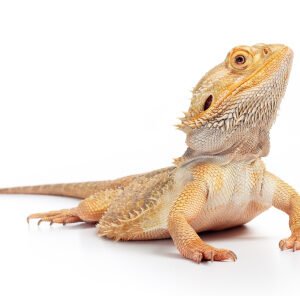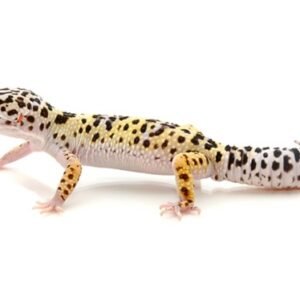Understanding the Jackson Chameleon: Characteristics and Behavior
The Jackson Chameleon (Chamaeleo jacksoni) is a strikingly colorful reptile that boasts some unique characteristics and behaviors, making it a fascinating choice for pet owners. One of the most notable features of the Jackson Chameleon is its vibrant ability to change colors. This color-changing capability is not merely for display; it serves various functions such as temperature regulation, communication, and camouflage. These reptiles can shift their hues based on their emotional state, environmental conditions, and social interactions.
In terms of physical features, the Jackson Chameleon is distinguished by its three prominent ‘horns’ or appendages atop its head, which are particularly well-developed in males. These horns contribute to their impressive appearance and play a role in mating displays. The eye structure of the Jackson Chameleon is equally remarkable, as they possess independently moving eyes that provide them with a broad range of vision, essential for spotting prey and avoiding predators in their natural habitat.
In the wild, Jackson Chameleons are typically found in the lush forests and mountainous regions of East Africa, where they thrive in a humid environment rich with foliage to hide. Their natural behavior reflects a more solitary lifestyle, as they are usually not social animals. However, they exhibit territorial tendencies, especially among males. Understanding their temperament is vital for potential pet owners; while Jackson Chameleons can tolerate handling, stress can lead to defensive behavior, including puffing up or hissing.
When considering these unique traits, it becomes clear that creating a suitable habitat and social environment for a Jackson Chameleon requires careful thought and attention. A well-informed pet owner will take these characteristics into account, ensuring that the needs of their new companion are met adequately, which in turn promotes a healthier and happier life for the pet.
Caring for Your Jackson Chameleon: Habitat, Diet, and Health
Caring for a Jackson Chameleon requires a detailed understanding of their unique needs, particularly with respect to their habitat, diet, and health. First and foremost, setting up an appropriate habitat is essential for these reptiles, which thrive in environments that closely resemble their natural surroundings. A suitable enclosure should be a minimum of 24 inches tall, providing ample vertical space, as Jackson Chameleons are arboreal and prefer climbing. Temperature management is imperative; the basking spot should reach around 85-95°F, while the cooler end must maintain a temperature between 70-80°F. Proper humidity levels are also crucial, ideally ranging between 50-70%. Using a hygrometer can help monitor moisture levels and ensure that the environment remains conducive to their health.
The substrate within the enclosure should mimic their natural habitat, utilizing materials such as reptile carpet, paper towels, or organic soil. Additionally, incorporating live plants like pothos or ficus can enhance their living environment and provide hiding spots, as well as improve air quality. Regarding diet, Jackson Chameleons are insectivores, thriving on a varied diet primarily consisting of crickets, roaches, and other insects, with the occasional inclusion of plant matter like leaves and fruits. It is vital to dust insects with calcium and vitamin supplements to prevent nutritional deficiencies, as a well-rounded diet promotes their overall health and vitality.
In terms of health, common issues faced by Jackson Chameleons include respiratory infections, metabolic bone disease, and stress-related complications. Preventive measures are crucial; ensuring a stable environment and adequate nutrition significantly lowers health risks. Regular veterinary check-ups play a pivotal role in monitoring your chameleon’s well-being. By diligently following these guidelines, you will equip yourself with the knowledge necessary for the optimal care of your Jackson Chameleon, ensuring a long and healthy life for your pet.

